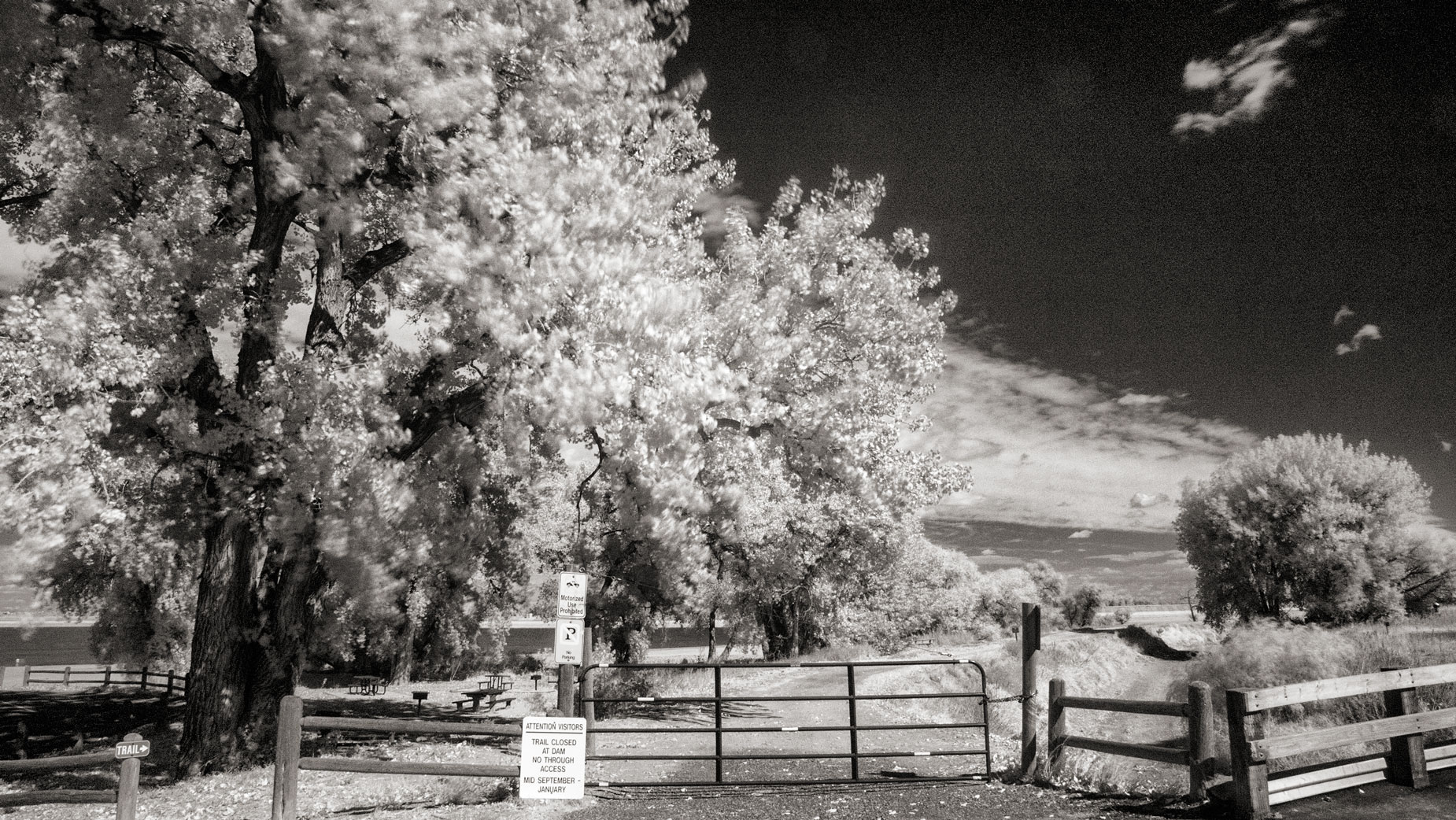Today’s Post by Joe Farace
 I’ve been interested in infrared photography for more than forty years but was re-introduced to the concept of digital infrared photography when a student at one of my workshops in Miami showed me her images that were made with the Hoya infrared filter. Since that time, I never looked back and embraced digital infrared as being both practical and fun. And perhaps that’s why the motto of my blog is to Have Fun with Your Photography!
I’ve been interested in infrared photography for more than forty years but was re-introduced to the concept of digital infrared photography when a student at one of my workshops in Miami showed me her images that were made with the Hoya infrared filter. Since that time, I never looked back and embraced digital infrared as being both practical and fun. And perhaps that’s why the motto of my blog is to Have Fun with Your Photography!
There have been two kinds of digital IR capture that I’ve always wanted to experiment with. First was the idea of infrared panoramas made by sticking multiple infrared images together but I’ve been discouraged because of the lack of an easy or affordable way to display such images. The second type of IR shot that I wanted to explore was crafting HDR (High Dynamic Range) images. So I gave it an initial try using filters.
The base exposure for the “before and after” images (upper right) was approximately f/11 at ISO 400. For the “before” exposure, the shutter speed was 1/800 sec which was fast enough the freeze the tree’s leaves during a series of three bracketed exposures—keeping the aperture at f/11. Then I processed the files using HDR Efex to produce the image you see above.

In the infrared version above, the long exposures created by using an on-camera Cokin 007 (720nm) IR filter produced subject motion in parts of the tree that moved during a series of exposures that ranged from shutter speeds of six to 13 seconds. I waited for some quiet time but the wind never slowed up, in fact the weather only got worse. I processed the three bracketed files using HDR Efex to produce the image that you see here. The blurred leaves in the final image added a kind of ghostly effect that I feel—and that’s possibly a cop-out—adds to the mood of this shot.
Tip: Using a camera that had been converted to IR capture would have produced shorter exposure times and eliminated the blurring, which is something I plan to try in the future, which may have to wait until next year. Around here, infrared season is coming to a screeching halt. During that experiment, I will try two ways: doing the HDR conversion on the RAW files before converting to monochrome and then converting the files and then combining then into an HDR to, you know, see what happens.
This HDR IR technique is not found in my book, “The Complete Guide to Digital Infrared Photography” but I keep thinking about updating and expanding that book, if I can find a publisher for a revised edition. You can also Google “HDR” you can find out how to capture and convert images into High Dynamic Range photographs using a series of RAW or even JPEG files.
